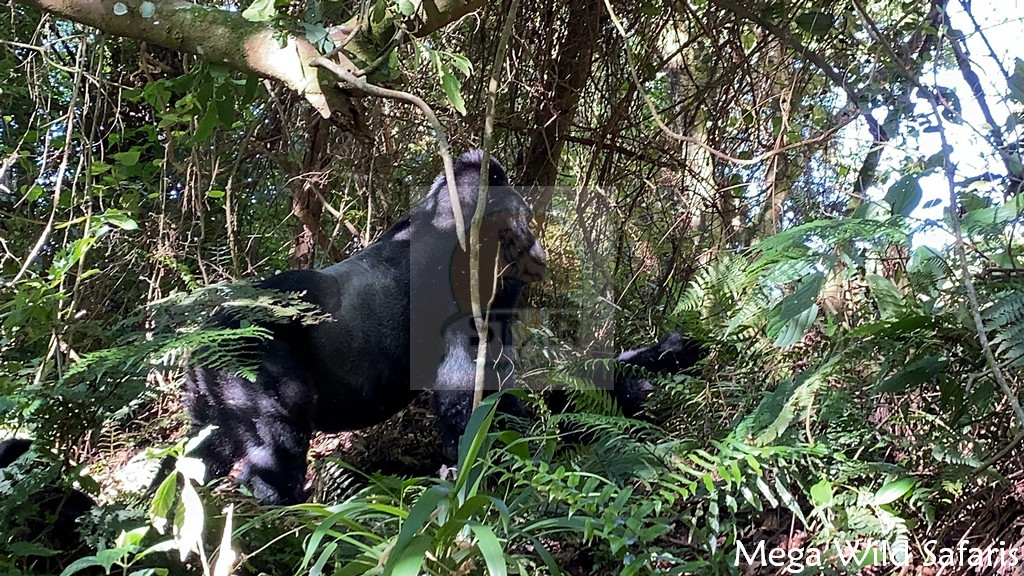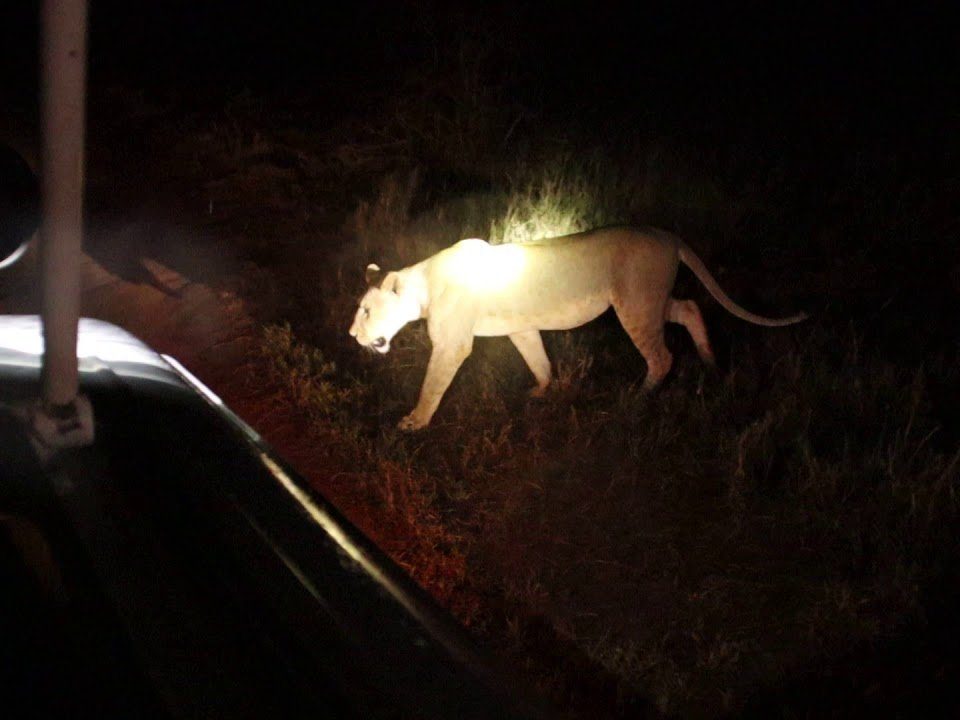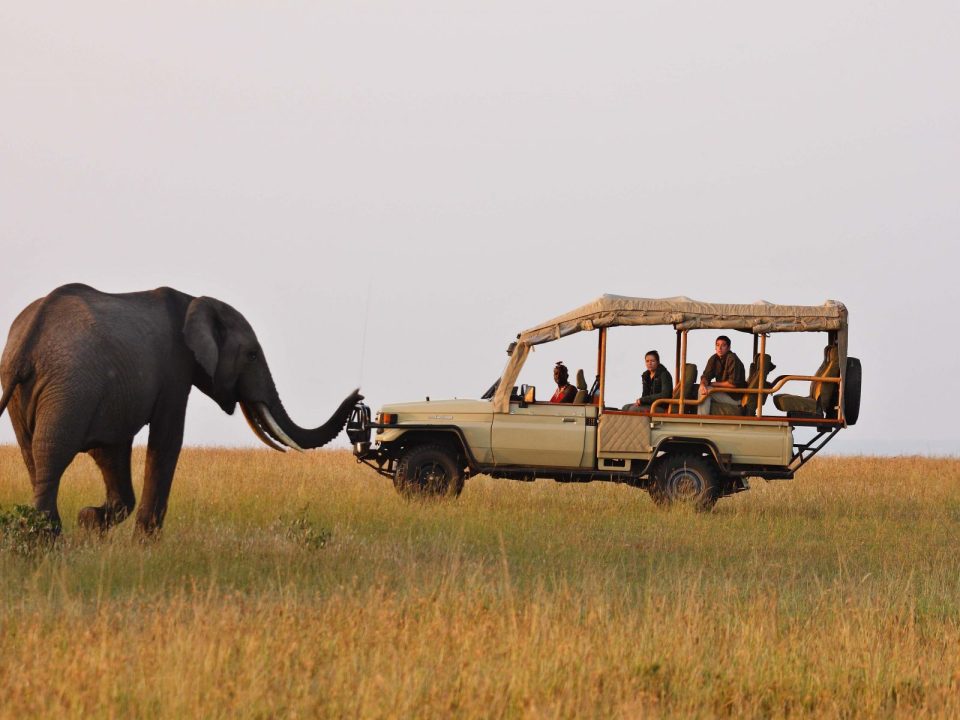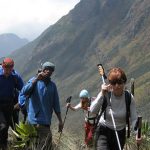
Mountain Climbing and Hiking in Uganda
May 29, 2025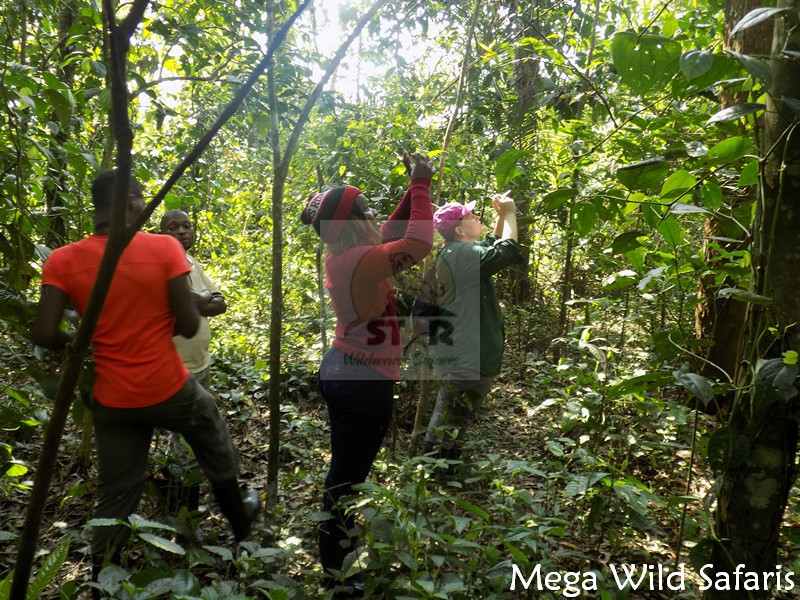
Planning a Safari Tour with Star Wilderness Safaris
May 29, 2025Most Asked Questions About Gorilla Habituation in Uganda
Gorilla habituation is an extraordinary and rare wildlife experience that draws travelers from across the globe, especially those interested in primate-focused wildlife safaris and gorilla trekking safaris. In Uganda, this practice involves following a group of partially habituated mountain gorillas as they gradually adjust to human presence. This process offers tourists a unique opportunity not only to witness these magnificent animals in a near-natural state but also to participate in conservation efforts aimed at protecting one of Africa’s most endangered species. The concept of gorilla habituation was pioneered by the legendary American anthropologist Dian Fossey, whose groundbreaking work helped preserve mountain gorillas through close study and interaction.
Since 2014, the Uganda Wildlife Authority has opened gorilla habituation experiences to tourists, allowing a limited number of visitors to partake in this exclusive activity. Unlike traditional gorilla trekking safaris—which permit only one hour of close interaction with fully habituated gorillas—gorilla habituation offers up to four hours of observation and interaction. This immersive encounter allows visitors to follow the gorillas through their daily routines, such as de-nesting in the early morning, feeding, and social behaviors, providing a much deeper understanding of their natural lifestyle.
This article will address the most asked questions about gorilla habituation in Uganda, highlighting why it is a unique and unparalleled addition to any Uganda safari or Rwanda tour. Alongside the gorilla experience, travelers can combine this with chimpanzee tracking, cultural encounters, and other wildlife adventures to create a comprehensive East African safari itinerary.
What is Gorilla Habituation? Exploring the Unique Gorilla Habituation Experience in Uganda
Gorilla habituation refers to the process by which wild mountain gorillas become accustomed to human presence, allowing researchers and tourists to observe their behavior without causing distress. In Uganda, the gorilla habituation experience involves following partially habituated gorilla families that are still in the process of acclimating to humans. This makes the encounter more unpredictable and exciting, as visitors witness behaviors that are closer to true wildness compared to the fully habituated groups encountered during standard gorilla trekking safaris.
Unlike traditional gorilla trekking, where visitors spend just one hour with the gorillas, habituation experiences allow a four-hour observation period. During this time, visitors walk alongside researchers who monitor the gorillas’ activities, document their behavior, and help the gorillas feel safe around human observers. This extended time permits guests to understand the intricate social dynamics of the gorilla family and observe their complex routines—from grooming and playing to foraging for food.
The Uganda Wildlife Authority strictly regulates gorilla habituation tours to ensure minimal impact on the gorillas and their habitat. Only a limited number of permits are issued each day to reduce human interference. As a result, participating in a gorilla habituation safari in Uganda is considered a premium, once-in-a-lifetime opportunity for wildlife lovers who want to experience a deeper connection with these majestic primates.
How Does Gorilla Habituation Differ from Gorilla Trekking Safaris?
A common question among travelers is how gorilla habituation compares to the standard gorilla trekking safari. The main distinction lies in the level of interaction time and the behavior of the gorillas encountered.
During a gorilla trekking safari, tourists are allowed to spend only one hour with a fully habituated gorilla family. These gorillas are accustomed to human presence, allowing visitors a relatively predictable and calm encounter. The focus of gorilla trekking is primarily on locating the gorilla groups and then spending a set, limited time observing them up close.
In contrast, the gorilla habituation experience in Uganda provides up to four hours with partially habituated gorillas that are still in the process of becoming accustomed to people. Because the gorillas are less habituated, their behavior is more natural and sometimes unpredictable, making the experience more adventurous and intimate. Visitors get to witness not only the gorillas’ daily activities but also the efforts by researchers to gently habituate the group, including monitoring interactions and responding to any signs of stress.
This longer and more involved encounter gives participants a rare window into the lives of mountain gorillas in a way that standard gorilla tours cannot match. It also helps fund important conservation research, making it an ethical and enriching choice for those passionate about wildlife preservation.
What to Expect During a Gorilla Habituation Safari in Uganda?
A typical gorilla habituation safari starts early in the morning, usually around 7:30 am, as participants prepare to follow the gorillas as they wake and leave their nests. The trek begins with a briefing from trained park rangers and researchers about the gorilla group, safety protocols, and the planned itinerary for the day.
Unlike the one-hour time limit of regular gorilla trekking, habituation allows visitors to spend up to four hours observing the gorillas. During this time, you will walk alongside researchers as they track the gorillas’ movements, take notes on their behavior, and record new findings. This offers a rare opportunity to witness the gorillas in various natural behaviors such as feeding, playing, resting, and interacting with each other in the forested volcanic landscapes of Uganda.
Visitors should be prepared for varying terrain conditions, including steep hikes and muddy paths, as the gorillas often roam in rugged volcanic terrain. Good physical fitness and appropriate clothing are recommended. Because these gorillas are still in the process of habituation, there is a possibility that the group may move unpredictably or even disappear for stretches, making the experience exciting yet demanding.
The safari guides ensure a safe and respectful distance between visitors and gorillas, minimizing any disturbance. This strict adherence to safety protocols is vital to protecting both the gorillas and the visitors, preserving the delicate balance of the habituation process.
Can Gorilla Habituation be Combined with Other Safari Experiences in Uganda and Rwanda?
One of the major advantages of choosing a gorilla habituation experience in Uganda is the opportunity to combine it with other premier wildlife and cultural activities to create an unforgettable safari adventure. Many travelers who visit Uganda or Rwanda for gorilla trekking also want to explore chimpanzee tracking, classic wildlife safaris, and immersive cultural experiences.
Uganda offers excellent chimpanzee tracking opportunities in Kibale Forest National Park, home to one of the highest densities of chimpanzees in Africa. This makes a perfect complement to a gorilla trekking safari, as you can experience two of the most iconic primate species on a single Uganda safari. Kibale’s lush rainforest and rich biodiversity offer spectacular wildlife viewing beyond primates, including numerous bird species.
For those combining Uganda with Rwanda, it is common to pair gorilla trekking Rwanda in Volcanoes National Park with Uganda’s habituation experiences in Mgahinga or Bwindi Impenetrable Forest. This allows travelers to observe different habituated gorilla families across borders and enjoy diverse landscapes, cultures, and wildlife species.
In addition to wildlife, cultural visits to local communities such as the Batwa pygmies near Bwindi or the traditional Rwandan villages enrich the safari with meaningful insights into indigenous traditions, forest stewardship, and conservation efforts. Cultural tours often include dance performances, storytelling, and visits to local markets, offering a holistic safari experience that goes beyond wildlife observation.
Why Choose Uganda for Gorilla Habituation and Gorilla Trekking Safaris?
Uganda stands out as a top destination for gorilla trekking safaris and gorilla habituation experiences due to its well-established infrastructure, committed conservation policies, and rich biodiversity. The country is home to nearly half of the world’s remaining mountain gorillas, mainly in Bwindi Impenetrable Forest and Mgahinga Gorilla National Park.
Uganda’s approach to gorilla tourism balances conservation with community involvement, ensuring that tourism revenues support park management, anti-poaching efforts, and local livelihoods. The Uganda Wildlife Authority carefully manages gorilla trekking permits and habituation activities to maintain the health and safety of the gorilla populations.
Additionally, Uganda’s varied landscape and wildlife diversity make it a compelling choice for travelers seeking a full wildlife safari beyond primates. Game parks such as Queen Elizabeth National Park and Murchison Falls National Park offer classic African safari experiences with sightings of lions, elephants, hippos, and diverse birdlife, allowing visitors to combine primate tracking with thrilling game drives.
The country’s accessibility, relatively affordable permit costs compared to neighboring Rwanda, and friendly tourism services make Uganda a preferred base for adventurous and ethical gorilla tourism.
Conservation and Ethical Considerations in Gorilla Habituation Safaris
Ethical wildlife tourism is at the heart of the gorilla habituation experience in Uganda. Because mountain gorillas are critically endangered, all activities related to their observation are conducted under strict guidelines to protect their health and habitat. Gorilla habituation permits are limited to small groups of visitors each day to minimize stress on the animals.
Visitors are required to follow health and safety protocols such as maintaining a safe distance, wearing face masks, avoiding eating or drinking near gorillas, and staying on designated trails. These measures help prevent the transmission of human diseases to gorillas, which share over 98% of their DNA with humans and are vulnerable to infections.
By participating in habituation or trekking tours, travelers directly contribute to funding vital conservation work and community development projects. This support aids anti-poaching patrols, gorilla monitoring, and habitat preservation, which are essential for the survival of these primates.
Choosing a responsible safari operator and adhering to park regulations ensures that your gorilla trekking safari or habituation experience is sustainable and leaves a positive legacy for future generations.
Final Thoughts: Embarking on a Gorilla Habituation Safari in Uganda
The most asked questions about gorilla habituation in Uganda reflect the curiosity and excitement surrounding this once-in-a-lifetime experience. By offering extended observation time and the chance to witness gorillas in a semi-wild state, habituation tours provide an unmatched window into the secretive world of mountain gorillas.
When combined with other primate encounters like chimpanzee tracking, classic wildlife safaris, and rich cultural exchanges, a Ugandan gorilla habituation safari becomes a comprehensive and transformative adventure. Whether you are a seasoned wildlife enthusiast or a first-time visitor, Uganda’s commitment to conservation and sustainable tourism guarantees a safe, ethical, and deeply rewarding encounter with these gentle giants.
If you are planning a trip to East Africa and wish to experience the magic of gorilla habituation alongside other top safari highlights, Uganda awaits with open arms and unforgettable experiences.

